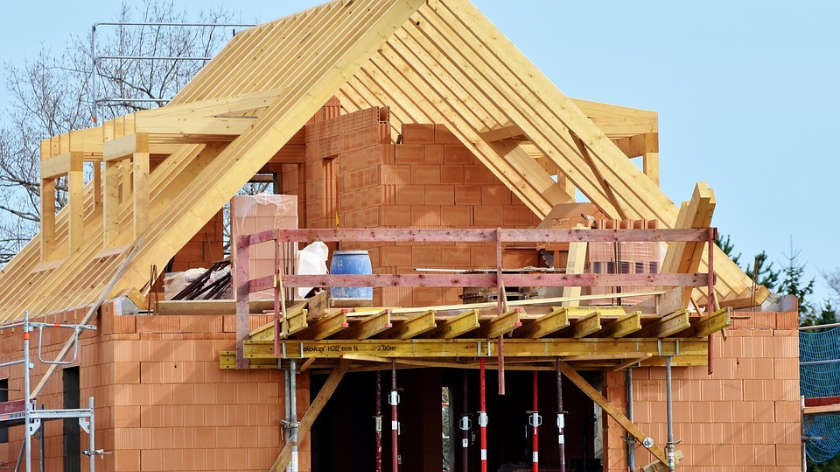
The Labour Party has wasted no time in grasping the nettle of planning reform since they came to power on Friday.
During a speech yesterday, new chancellor Rachel Reeves outlined how she believes rewriting the country’s onerous planning laws will be key to growing the economy.
The changes will be far-reaching and impact the Harrogate district, which the government will hope reverses the trend of our area being one of the most unaffordable places to live in the country.
Housebuilding targets
Ms Reeves said mandatory housebuilding targets for councils would be restored.
She said Labour wants to see 1.5 million homes built in England throughout this parliament but insisted this would not mean giving a “green light” to every housing development.
Each council area will be expected to take their share, including North Yorkshire Council, which has responsibility for planning in the Harrogate district.
According to government statistics, Harrogate has gone from just 50 new homes being built in 2012/13 to 940 in 2022/23.
Harrogate Borough Council’s Local Plan, which is still active until North Yorkshire Council agrees on a county-wide document, states more than 12,000 new homes can be built here between 2014 and 2035.
But there have been long-standing concerns about infrastructure being unable to cope, so the council will be hoping that any increase in housebuilding is matched with extra funding for roads, schools and health facilities.
More planning officers.
Before it was abolished, Harrogate Borough Council was struggling to cope with the volume of planning applications due to a lack of specialised planning officers.
Ms Reeves has pledged to create 300 more officers across the country to help under pressure councils deal with applications and ease the burden locally.
Green belt
Perhaps the most sensitive element of the planning reforms is the promise that new homes could be built on parts of the green belt.
These are areas around towns or cities that are strictly off-limits for housebuilding currently.
Ms Reeves said Labour would open up building on the ‘grey belt’, which has been vaguely defined as lower-quality green belt land.
The Harrogate district incorporates parts of two different green belts, namely the West Yorkshire Green Belt and the York Green Belt.
These were set up decades ago to protect the special character of Harrogate and Knaresborough and prevent them from merging.
Building on parts of the green belt would create more space and Labour says any housebuilding there would include 50% affordable homes.
But it would be highly controversial with many people valuing the green belt as part of what makes our countryside special.
Speaking at a hustings event before he was elected, new Liberal Democrat MP Tom Gordon responded to concerns that green fields could be lost to housebuilding in Harrogate by saying he prefers brownfield sites and town centres to be developed.
Mr Gordon said:
“Bringing people into towns so they’re living and working there is a quick win.”
War on NIMBYs?
In each of Harrogate’s largest planning applications in recent years, from Kingsley Drive to Ripon Barracks, communities have mobilised to put in objections and thwart builders from putting spades in the ground.
But in nearly all of these cases, residents only managed to delay the process, with the homes eventually getting approved.
Residents that some derogatorily call NIMBYs (Not In My Back Yard) flood council planning committees to try and sway councillors’ opinions on applications but Labour believes local opposition is a major obstacle to their plans for growth.
Ms Reeves said the party is prepared to be unpopular, with unhappy residents being a trade-off that it’s willing to accept to get the country building.
Windfarm boom
Since the construction of Knabbs Ridge wind farm near Felliscliffe in 2008 no other major wind infrastructure has been built in the Harrogate district.
David Cameron’s government put a stop to all new on-shore windfarms in 2015.
But Ms Reeves said the government will immediately reverse what she called an “absurd” ban.
Wind farms can help the UK be more energy self-sufficient and reduce carbon emissions but they are not always popular, due to concerns about their appearance, noise and impact on wildlife.
A previous bid for a wind farm on the outskirts of Beckwithshaw received hundreds of objections in 2015.
Ms Reeves said the government would look to bypass local concerns about windfarms by making decisions about them at a national level.
She said:
“We will also go further and consult on bringing onshore wind back into the Nationally Significant Infrastructure Projects regime, meaning decisions on large developments will be taken nationally not locally.”



 Music lineup announced for return of Harrogate Food and Drink Festival
Music lineup announced for return of Harrogate Food and Drink Festival
 Successful Yorkshire debut for Harrogate rugby star
Successful Yorkshire debut for Harrogate rugby star
 Primary school rallies to support neighbour blighted by thieves
Primary school rallies to support neighbour blighted by thieves
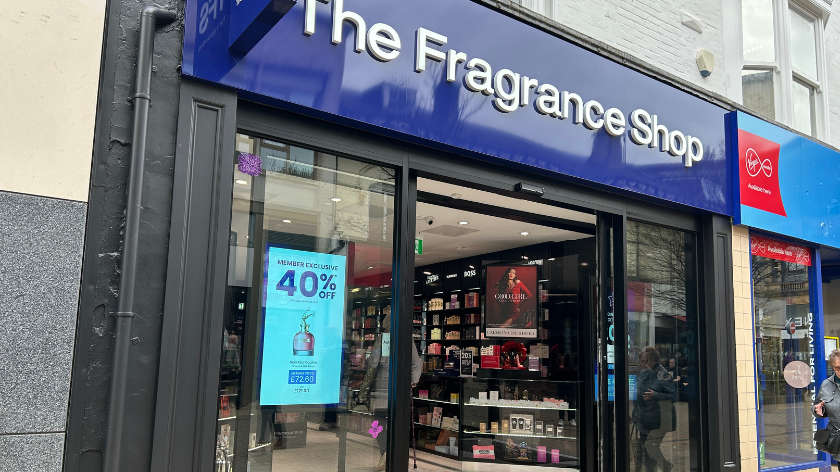 The Fragrance Shop opens in Harrogate town centre
The Fragrance Shop opens in Harrogate town centre
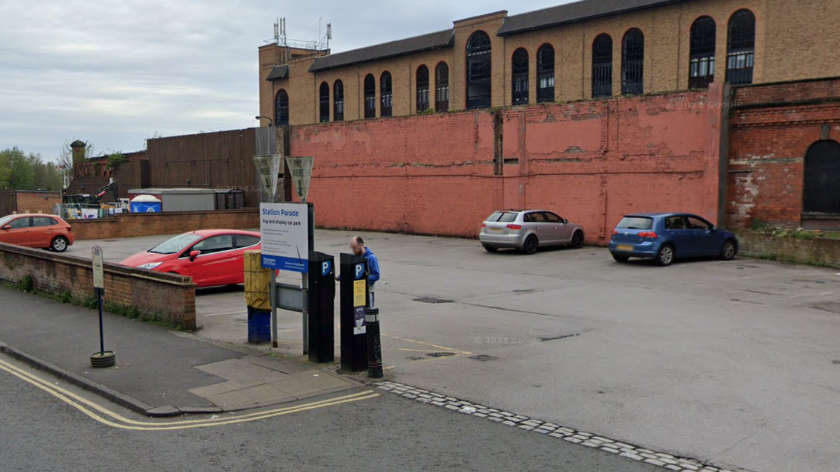 Parking fees set to rise across North Yorkshire
Parking fees set to rise across North Yorkshire
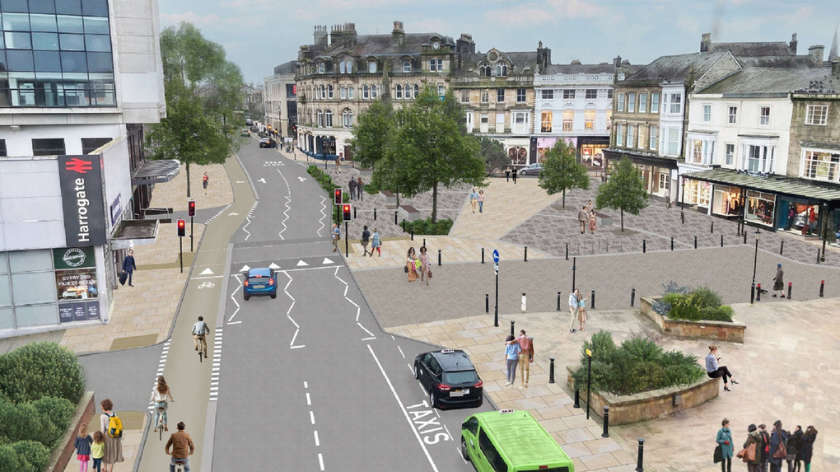 Campaigners seize on council leader's Gateway comments
Campaigners seize on council leader's Gateway comments
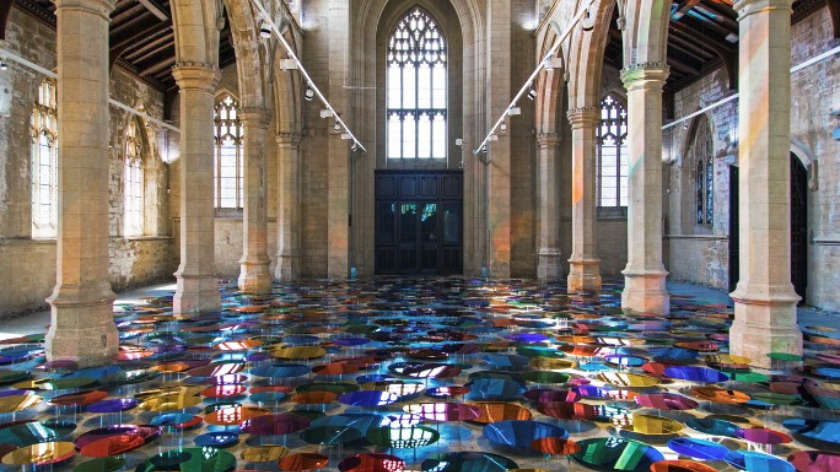 Mercer Art Gallery to host immersive light and colour exhibition
Mercer Art Gallery to host immersive light and colour exhibition
 Runner to take on marathon for Harrogate charity that 'transformed' his sister's life
Runner to take on marathon for Harrogate charity that 'transformed' his sister's life
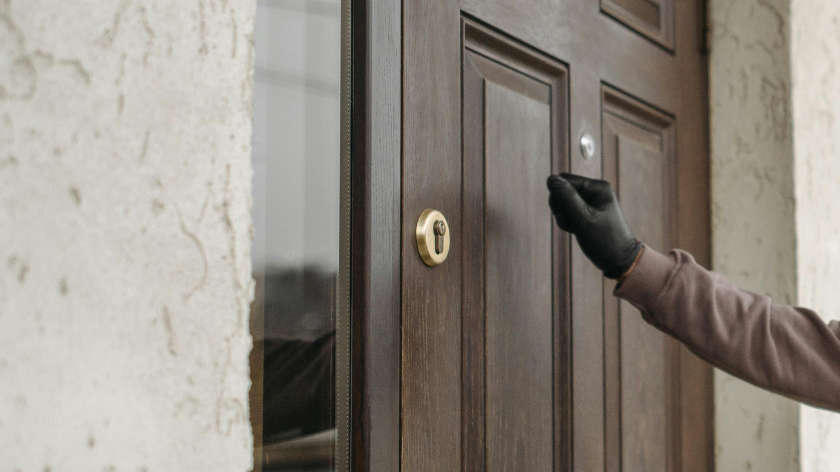 Harrogate residents warned of door-to-door scammers
Harrogate residents warned of door-to-door scammers
 Rossett School to plant over 300 trees throughout grounds
Rossett School to plant over 300 trees throughout grounds
 Motorcyclist in 'serious condition' following Ripley Road crash
Motorcyclist in 'serious condition' following Ripley Road crash
 Is this Bettys Easter egg the most expensive in the UK?
Is this Bettys Easter egg the most expensive in the UK?
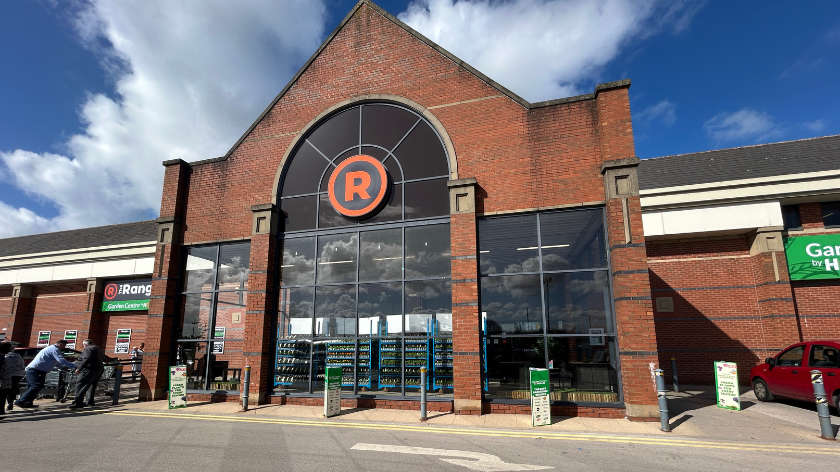 The Range opens new Harrogate store
The Range opens new Harrogate store
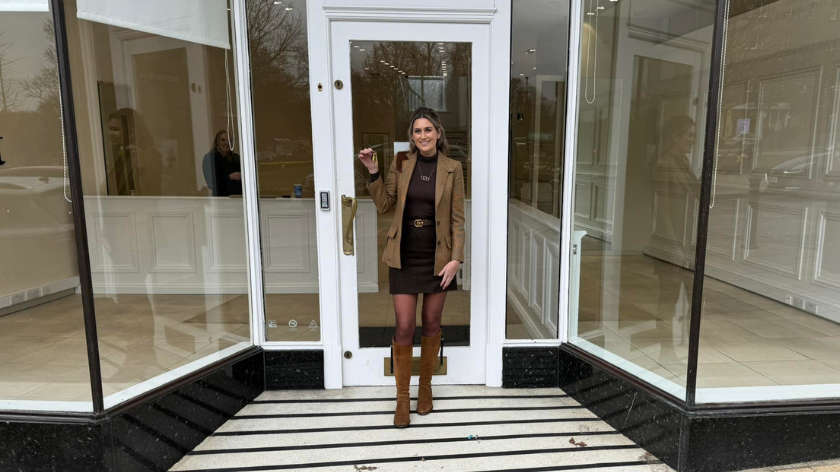 Country fashion brand to open in Harrogate town centre
Country fashion brand to open in Harrogate town centre
 Harrogate sisters' fashion brand named as finalist for women's style award
Harrogate sisters' fashion brand named as finalist for women's style award
 National recognition for popular Italian restaurant in Ripon
National recognition for popular Italian restaurant in Ripon
 Categories revealed ahead of Harrogate Dog Show
Categories revealed ahead of Harrogate Dog Show
 Edible garden to feature at Harrogate Flower Show
Edible garden to feature at Harrogate Flower Show
 Opening date revealed for new Harrogate jeweller
Opening date revealed for new Harrogate jeweller
 Police issue CCTV after thefts from Harrogate Sainsbury's
Police issue CCTV after thefts from Harrogate Sainsbury's








